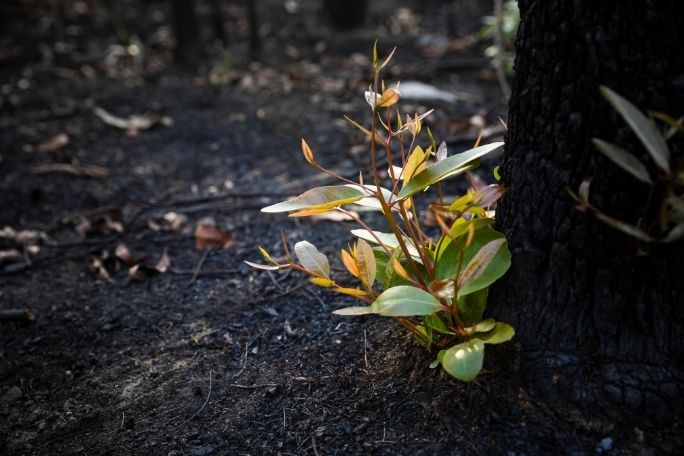Lesson summary
Students explore the many benefits of cool burning practices.
Learning intentions:
Students will...
- identify some of the cultural, environmental and economic benefits of cool burning.
Success criteria:
Students can...
- describe how Aboriginal and Torres Strait Islander peoples use their knowledge of seasons and local conditions to produce cool burns for the benefit of their communities and the local environment.
Partner acknowledgement
Cool.org would like to acknowledge the support of the North Australian Indigenous Land and Sea Management Alliance Ltd (NAILSMA) in creating these resources.
Lesson guides and printables
Curriculum links
Select your curriculum from the options below.
Lesson details
Curriculum mapping
Syllabus Outcomes: AC9E8LY06
Cross Curriculum Priority: Sustainability, Aboriginal and Torres Strait Islander Histories and Cultures.
Relevant parts of Year 8 achievement standards:
Students create written and/or multimodal texts, including literary texts for different purposes and audiences, expressing and advancing ideas with supporting evidence. They select and vary text structures to organise, develop and link ideas. They select and vary language features including literary devices, and/or multimodal features.
Resources required
- Device capable of presenting a website to the class
- Factsheet - The Benefits Of Cool Burning
- News Article Assessment Rubric
- Tips For Writing A Great News Article
- Student Worksheet - one copy per student.
- Writing materials
Skills
This lesson is designed to build students’ competencies in the following skills:
- communication
- critical thinking
- cultural understanding
Additional info
Level of teacher scaffolding: Medium - lead students in class discussions, oversee group activities, facilitate presentations, and intervene when students get bogged down looking for elusive material.
Special thanks to:
Fish River Station, John Daly, Dr Jeremy Russell-Smith, Peter Jacklyn, Peter McConchie, Dr Tommy George, David Claudie, Dale Musgrave, Carolyn George and Victor Steffensen.
This is an original Cool+ lesson.



Welcome back!
Don't have an account yet?
Log in with:
Create your free Cool.org account.
Many of our resources are free, with an option to upgrade to Cool+ for premium content.
Already have an account?
Sign up with:
By signing up you accept Cool.org's Terms and Conditions(Opens in new tab) and Privacy Policy(Opens in new tab).